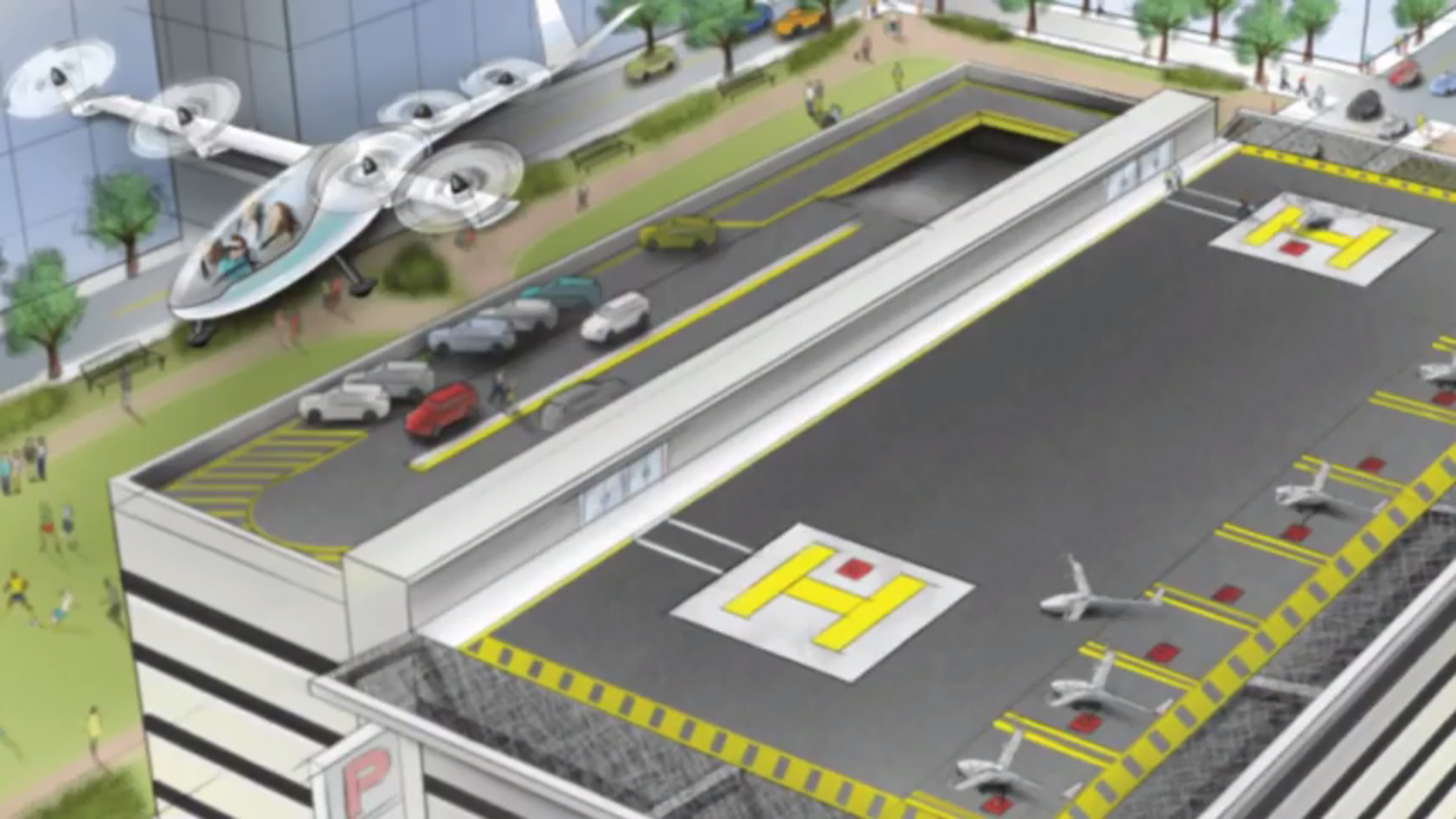We’ve heard this sort of thing before, but let’s play along anyway. In the not too distant future, we’ll get around in flying cars from Uber.
So says the BBC and Reuters today, claiming Uber and NASA are working on an aircraft to start demonstration flights by 2020, and service by the end of that decade.
Uber’s Chief Product Officer, Jeff Holden, also said Uber would begin testing proposed four-passenger, 200-miles-per-hour flying taxi services across Los Angeles in 2020, its second planned test market after Dallas/Fort Worth.
“We are very much embracing the regulatory bodies and starting very early in discussions about this and getting everyone aligned with the vision,” Holden tells the BBC.
Experts aren’t buying it…
The biggest issue is how potentially hundreds of thousands of aircraft could operate alongside existing air traffic control systems.
Prof David Dunn, from the University of Birmingham, said there were many hurdles to overcome.“Many firms are looking at this and there is a lot of blue sky thinking going on about how we can access the air in ways we haven’t done before,” he told the BBC.
“Technologically it is feasible but that is not to say that it is feasible in terms of opening up airspace. There are problems about how such transport will be policed, insured and registered.”
He compared Uber’s plans to air carrier Pan Am, which in the 1960s promised to take paying customers to the Moon within a few years
“Uber is associating its brand with the future. This might be more about marketing than a realistic product,” he said.
NASA has been working on unmanned aircraft for several years — drones in agriculture and police work, for example. It will test drones over moderately populated areas next year, and urban areas in 2019.
But that’s a lot different than putting people in pilotless air taxis that people can order up from their smartphones.
Someday, perhaps, but not anytime soon.
While we’re on the subject, whatever happened to the Terrafugia, the flying car that its inventors hoped to have in the air by 2015?
It never happened because the people who said there wouldn’t be a market for it were right.
While 827,000 people held a pilot’s license in 1980, that number had dropped to 584,000 by 2016, according to the Federal Aviation Administration. The company, which initially said the car/plane would go for about $198,000, stopped talking about price when it went closer to $300,000, the Boston Globe says.
As the car/plane kept getting redesigned, it got fat and slow, while burning through other people’s money.
The company is about to be sold to a firm in China.

